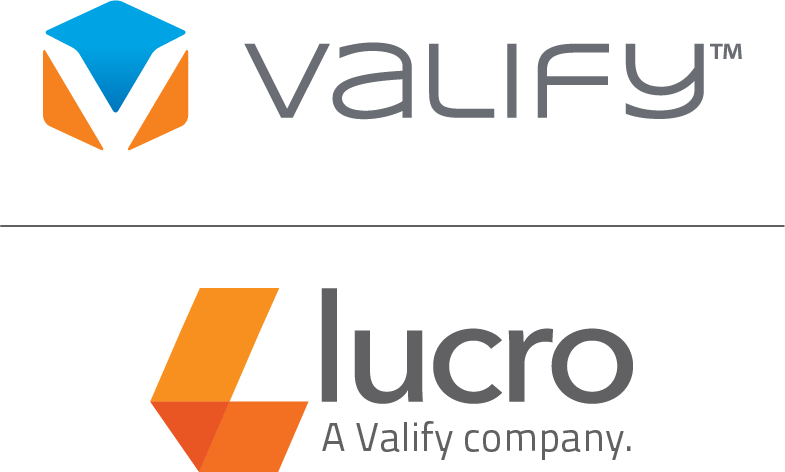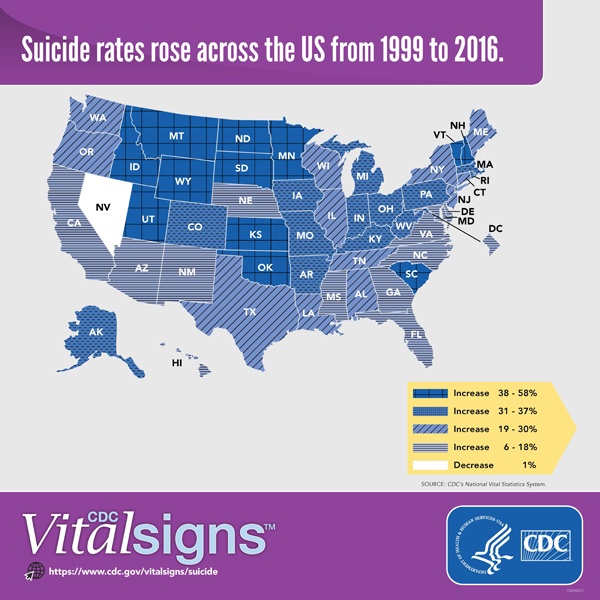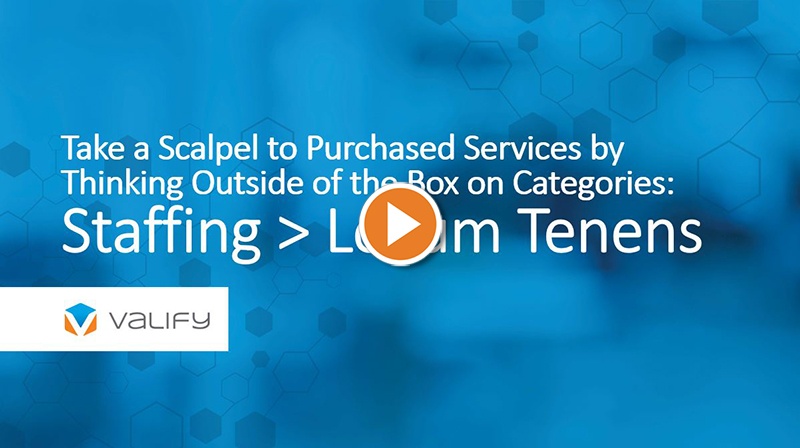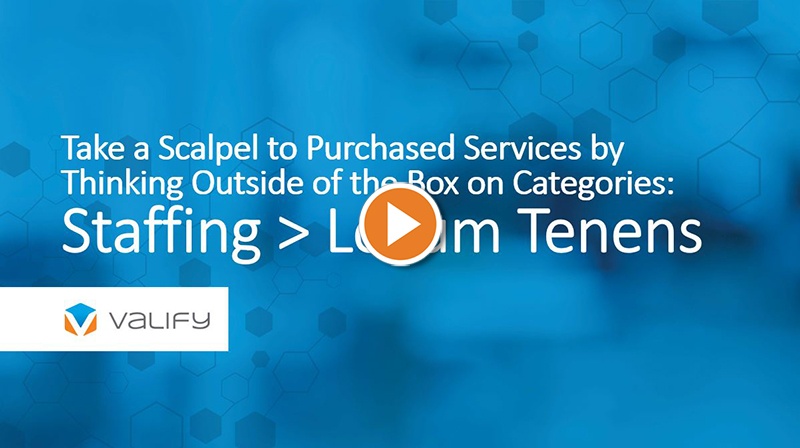Valify recently attended the Health Connect Partners (HCP) Hospital Supply Chain Fall Conference held in Chicago from October 17th to 19th. The goal of HCP is to connect providers and suppliers through educational meetings and conferences. By bringing providers and suppliers together through industry-specific conferences, including Hospital Pharmacy, Hospital O.R. & Surgical, Radiology & Imaging, Hospital Supply Chain and Hospital & Healthcare I.T, HCP accomplishes its mission of providing the best in healthcare education and networking. In addition to connecting with peers, attendees were given access to cutting-edge informational sessions, participated in reverse EXPO sessions with industry leaders, and increased their brand visibility and exposure.











